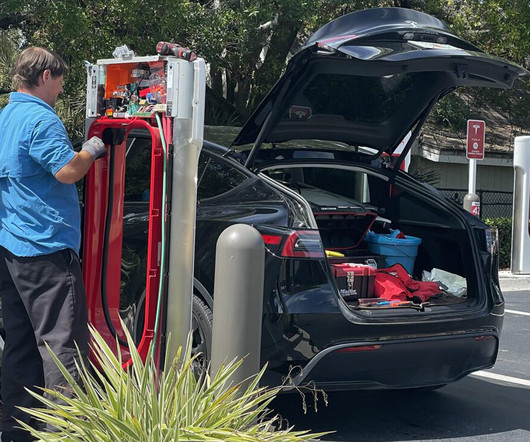Lux: alternative fuels in China could replace up to 483B GGE in 2020; coal-to-ethanol conversion offers near-term potential
Green Car Congress
APRIL 14, 2015
China’s shift toward alternative fuels in order to cut its reliance on imported oil is creating large opportunities, notably in natural gas vehicles (NGVs) and in the conversion of coal to ethanol, according to a new report from Lux Research. China is seeking to reduce its imports of oil from the current 50% of domestic demand.































Let's personalize your content